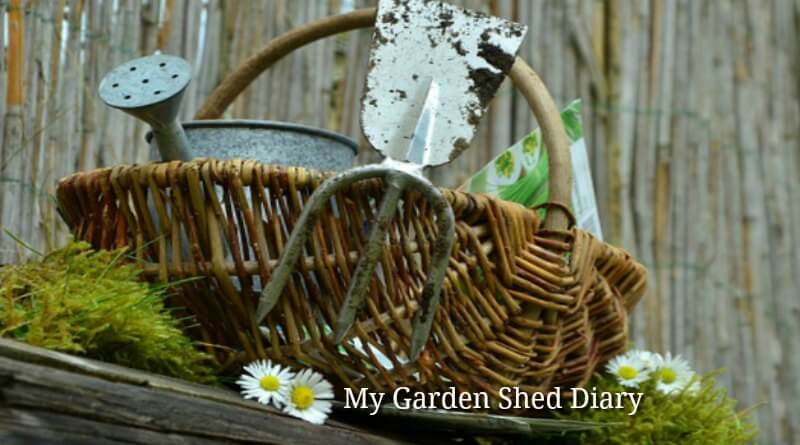Make Your Own Gator? Protect Your Arms? More Garden Tips
It’s our last day of the week.
Time for a few more garden hints and tips that I have learned over the years, from reading or from fellow gardeners or family and friends. I hope some of these can help you also. Try it. Can’t hurt, right?
Planting A New Tree?
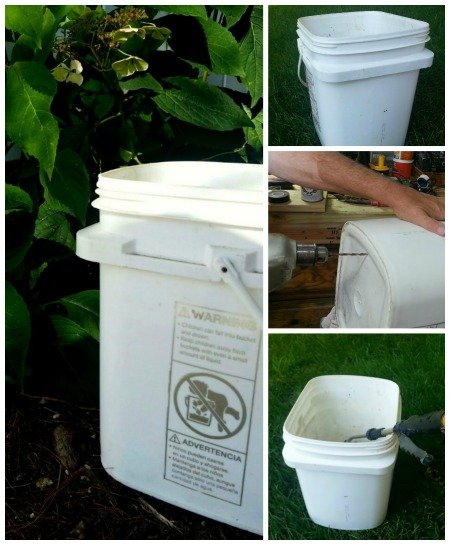
You know you will be planting a new tree or shrub this year, or perhaps you have planted one last fall and have to tend and water it for the next couple years.
I know you have seen those things that I think they call gators or something like that. They are a big bag that sits at the base of your tree/shrub and trickles water to the roots.
Well, just do it the frugal way! Get a five gallon bucket and use the smallest drill bit it in the tool box. Make just the tiniest hole, the kind that would annoy you if you didn’t want it to leak, eh? Then set this container out from the base of your tree and fill it with water. Point the hole in the area of the plant/tree/shrub’s drip line, and there you go! A budget tree water-er. Just refill it every few days and let it drain through the morning hours. (Or at night if it is just too cute for the neighbors to see.)
Save That Bubble Wrap!
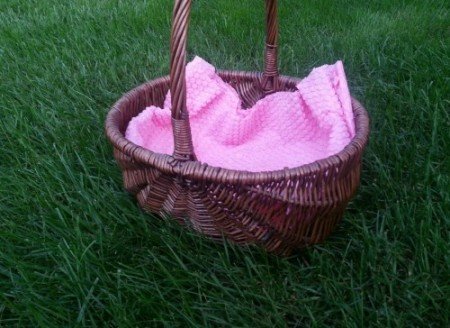
Don’t let it go!
Cut it in small basket-sized pieces to line a basket or pail you take to the garden. Your garden vegetables and fruits such as tomatoes, broccoli, strawberries and other fruits are easily bruiseda, but if you line your basket with a layer of the bubble wrap, it may keep it from bruising.
Take a second piece with you to create layers in case your harvest is bountiful! Perfect! And it rinses off easily and can be used again and again.
Outdated Seeds?
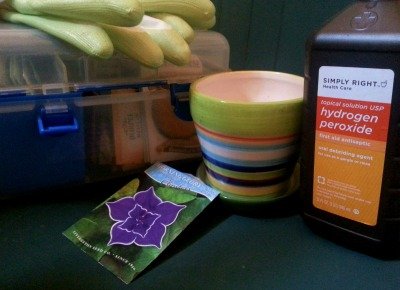
Got some special seeds you wanted to plant, but they have some mold or fungus? Perhaps they may be some expensive seed or maybe they’re an heirloom handed down and you hate to lose them.
Don’t despair. You may still have some viable seeds there.
Try soaking the seeds in hydrogen peroxide for just a few minutes to kill the fungus. It may work and give you a better chance at getting the seeds to sprout.
Then spread the seeds out in a moist paper towel and cover with another moist paper towel on top. Keep damp overnight and you may see some sprouting occurring. If so, go ahead and plant them. Saved it!
Leftover Sock? Washer Ate The Other?
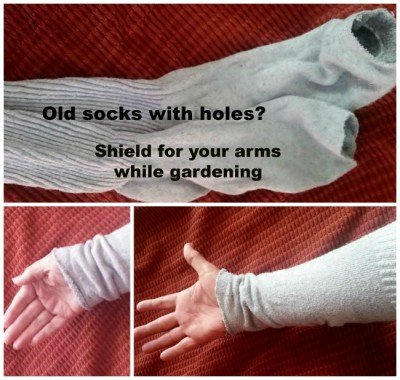
Got one left over sock? Or a pair that have a hole and you are ready to pitch them? Don’t get rid of it. Use it in your garden!
Cut off the toe end and it becomes a sleeve to wear over your arms. In the spring or fall, when I have a jacket on, the jacket sleeves work to keep me from getting scratched or poked when I am reaching under bushes or roses and picking up brush.
But in the warmer parts of the day in any season when I have bare arms, I hate looking like I have been in a “cat fight.”
So use those tube socks as “sleeves” to pull up over your arms to protect your skin! Your gloves protect your hands and these will protect your arms.
Epsom Salts – Great in the Garden
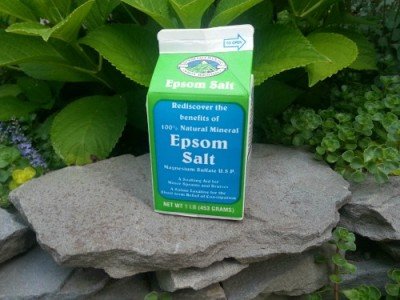
You must have already heard of using Epsom Salt as a fertilizer for your plants (or even the lawn).
It is cheap and you’ll find it in the drug store in the health and beauty aids department . The cost is only a few dollars, much cheaper than the fertilizers at the garden centers.
Just water your plants with a mixture of 1 or 2 tablespoons mixed into a gallon watering can. You can also mist the foliage for a quicker or more efficient uptake. Especially tomatoes, peppers and roses.
Epsom salt is a mixture of magnesium and sulphate and both are good for your soil. In Ohio, we tend to have alkaline soil and this addition of magnesium can help .
But have your soil tested to be sure of what nutrients yours may need. It is recommended that you have your soil tested every 3 or 4 years so that you are aware of what may be lacking in your soil.
And that’s all I have for this time. Check back and I will see what else I can come up with, OK?


